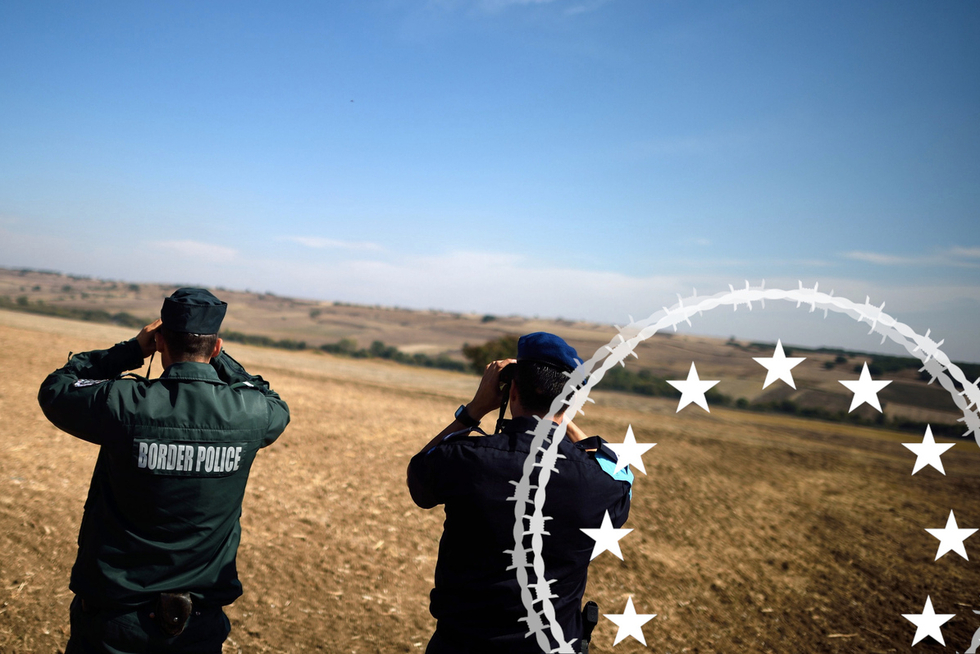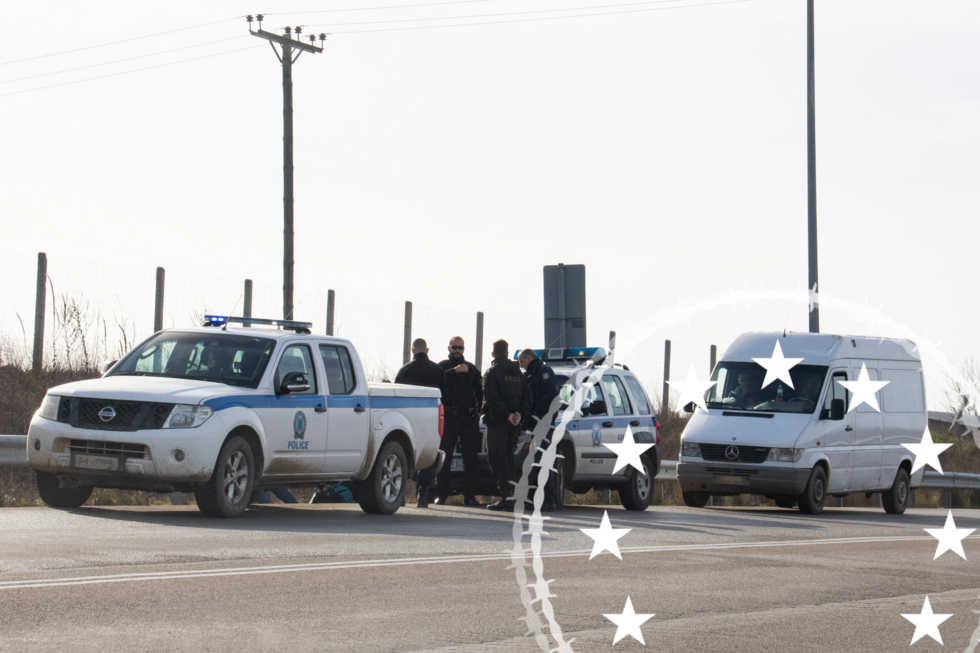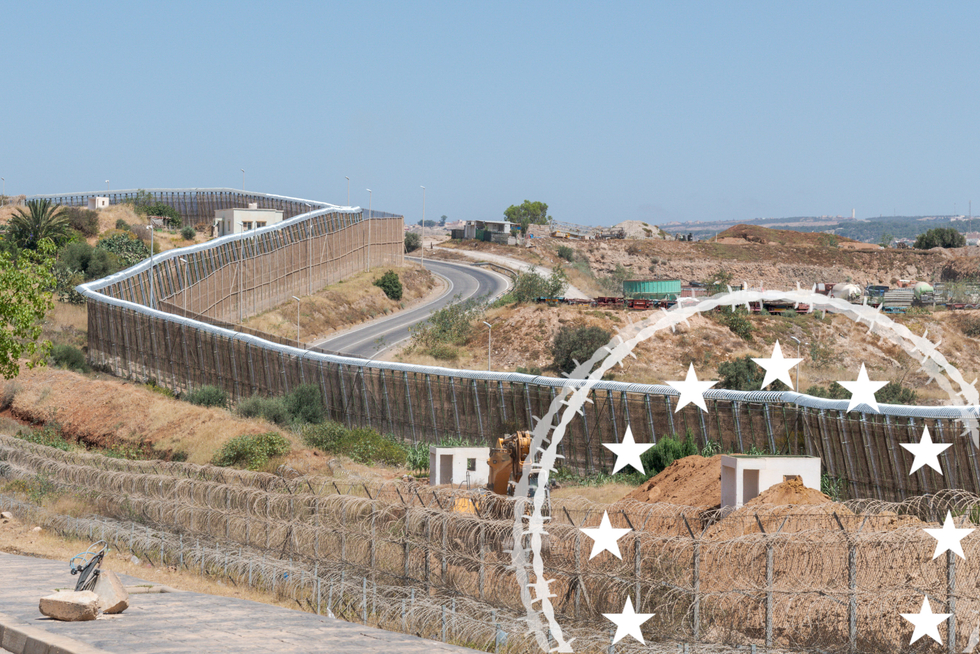It is done – and we lost

We lost
The recent and remaining decisions are a mere formality. It is done. And we lost. The reforms are the product of a series of decisions that can be traced back over eight years, all of which were contested but ultimately to no avail. All of these decisions collectively reflect an underlying strategy of limiting access to protection for refugees in Europe, which is embodied in the reforms in multiple ways. Below, some of the content, the “what” and “why” of the Pact, is explained:
Second-rate asylum procedures
As a result of the reforms, border procedures and accelerated procedures will be more widely allowed and mandatory in some circumstances. People are less likely to have their protection needs recognised in these procedures. The border procedure will often take place in detention, as will the new “pre-entry” screening process. For both, the pretence of non-entry applies, even when they take place away from the border, elsewhere on the territory, which is allowed. For the screening and border procedures monitoring mechanisms are foreseen. They are limited in scope but could still be useful if properly designed.
At least 30,000 people in border procedures at any given time
The border procedure is the central element of the Pact. When it enters into force, every year at least 30,000 people have to be in a border procedure. This minimum number is reflected in the “adequate capacity” concept. The initial 30,000 is to be divided among the Member States, resulting, for example, in around 7,000 people in border procedures for Italy and around 3,500 for Spain.
The minimum of 30,000 is not the total number per year, however. It is the number of people who must be in a border procedure at any point in time. Thus, when people leave the procedure, for example after receiving a positive decision, or after deportation, other people must be added to the border procedure, so that the number remains at the minimum.
So, if the minimum number is 7,000 at a given time for a Member State, the annual total number of people examined in the border procedure could be 20,000 or 30,000, up to a maximum of 120,000 across the EU. The actual numbers will depend on unknowable factors, such as how quickly cases are processed and how quickly people are transferred elsewhere. It will also depend on how quickly they are deported, since return border procedure cases are also counted towards the adequate capacity.
Tools to deny access to an asylum procedure
Greater numbers of people will have no access to an asylum procedure at all, as the screening process allows states to refuse access to territory, through issuing a “briefing form” which is not a decision and cannot thus be challenged. States will be able to decide that cases are inadmissible in a wider set of circumstances, thus denying access to a hearing on the merits of the case.
This should be seen in a context where most people applying for asylum in Europe are in need of protection, despite the constant repetition of the myth that they are not.
Significant erosion of the right to an appeal
The proposals reduce the right to an effective remedy by shortening deadlines for an appeal, combining asylum and return decisions, and by removing the automatic suspensive effect of appeal for many categories of people and decisions. The latter means that people will be deported before their appeal is heard. This is especially worrisome, because over one-third of appeal processes usually result in the award of a protection status. Persons affected can apply to suspend the deportation pending the appeal decision but with a short deadline and requiring a separate legal challenge.
Punish “secondary” movement
There are multiple measures aimed at limiting onward movement within the EU, including removing reception conditions from applicants, increasing the period of responsibility of countries of first entry, and removing solidarity entitlements from countries which do not accept transferees back. For certain Member States, this was and remains their priority.
Transfer refugees to third countries
There are legal changes that will legalise states sending people to so-called safe third countries and to supposedly safe parts of non-safe countries, or at least to deny protection on that basis. There is a weakening of the safe third country concept – a concept not derived from international refugee law – whereby the threshold for a country to be classed as safe is lowered in two ways. First, by significantly reducing the level of protection that should be available in the other country for it to be classed as safe and second, by limiting – and allowing national definition of – the connection required between the person to be send there and that country (although the connection criterion remains).
Derogatory regimes for situations of crisis, “force majeure” and “instrumentalisation”
The points above are relevant to the standard asylum rules, where the Asylum Procedures Regulation (APR) and Regulation on Asylum and Migration Management (RAMM) largely set out the details. In addition, there are three special regimes which can be invoked in situations of crisis, “force majeure”, and “instrumentalisation”. In each, Member States are allowed to choose from a range of derogations (i.e. they can choose which provisions of the law they no longer wish to respect). The definitions of the three situations are so wide that most Member States will be able to invoke at least one of the three at any point in time.
States want – of course – to be able to avoid the obligations of EU asylum in times of crisis (or at any time). However, they have not all reflected on the full implications of allowing others to derogate, such as onward movement. Nevertheless, the Commission has gone ahead with these ideas even though they significantly undermine EU law as a whole and vastly complicate the Commission’s own job of monitoring compliance and defending the Treaties.
Solidarity provisions
The RAMM will make it mandatory for states to provide solidarity and set out the methods of calculating solidarity obligations and entitlements. Solidarity can be offered in different forms, including relocation, capacity support and money, although there is a minimum number of relocations: 30,000 per year. While all relocation is important, this falls short of the needs of countries at the borders, especially given that the RAMM replicates the Dublin rules on allocation of responsibility, including reinforcing the default country of first arrival principle.
New battles on new terrain?
With the reforms agreed, different priorities emerge. The debate has switched to implementation. From the date of the final adoption of the legislation, expected in April, the Member States will have two years to take the necessary measures to fully apply the new laws. The Commission has prepared an implementation plan. Certain Member States have also proposed implementation plans for the EU as a whole; some are developing national measures. Money from the EU budget has been reallocated to the implementation of the Pact. The implementation will take place via national level secondary legislation, policies, operational changes, resource allocation, reorganisation of asylum systems and so on.
Very significant challenges emerge in implementation. First, compliance with all the obligations of EU asylum law is necessary, including tackling longstanding implementation gaps that have been neglected during the reform process. For some states, and perhaps the Commission, the priority will be implementing the border procedure and detention. Instead, compliance problems such as appalling reception conditions, illegal denial of access to asylum procedures/territory, the asylum lottery, the lack of respect for procedural guarantees, etc. all need urgent attention.
Second, implementation of the reforms has to take place in full respect of EU primary law, including the Charter of Fundamental Rights and relevant international law. Existing jurisprudence of European and highest national courts needs to be respected, and new legal challenges and requests for legal opinions will be necessary for the interpretation of and to set limits on the provisions of the laws. For example, the limits on the use of detention, the erosion of the right to a remedy, or the use of concepts such as instrumentalisation or safe third countries (which is already under consideration at the Court of Justice of the European Union).
Third, overlapping with the implementation challenges, will be managing the consequences of the reforms, which will include increased detention, destitution, and deportation. Another consequence will be more people in limbo that should be transferred to another Member State under RAMM (the equivalent of Dublin transfers), deported or sent to a supposedly safe country, but where such a transfer or deportation is not possible. While RAMM transfers will most likely be blocked just like the vast majority of Dublin transfers were, it should be noted that Europe does not control return policy – it depends on co-operation with countries of origin and transit.
Within Europe, the reforms will create a significant administrative burden, particularly on the countries at the external borders whose responsibilities increase with scant compensation. Faced with this situation, as well as invoking the special regimes, it seems likely that these states will increase pushbacks. Thus, action at the borders will remain essential.
With new generals?
How this all plays out will depend on pending political changes both at the EU and national levels. A new European Parliament will be elected in June. There will be changes at the top of the Commission that will shape how it works on compliance. At the same time, a string of inauspicious Council presidencies will overlap with the rollout of the Pact, with Hungary, Poland and Denmark the next in order.
Despite all the spin, the Pact is not “the solution”. The reforms will not meet one of the implicit objectives, that of limiting arrivals of refugees in Europe. There is too much forced displacement, globally and in and around Europe. Other states, including many far poorer than Europe, are already doing more than their fair share. Thus, the people will still arrive, which means that implementation in the least harmful way is as relevant as ever, as well as a focus on compliance with the law, support to inclusion, expanding safe pathways, and foreign policies to limit (or at least not cause) displacement.
This article was first published in a longer version by the European Council on Refugees and Exiles on 16 February 2024.
About the author

Since 2016, Catherine Woollard has been the Director of the European Council on Refugees and Exiles (ECRE). ECRE is a pan-European alliance of 122 NGOs across 40 European countries, working to protect and advance the rights of refugees, asylum seekers and other forcibly displaced persons in Europe and in Europe’s external policies. ECRE’s work covers legal support and litigation, advocacy and communications.
The opinions and statements of the guest author expressed in the article do not necessarily reflect the position of the Friedrich-Ebert-Stiftung.



